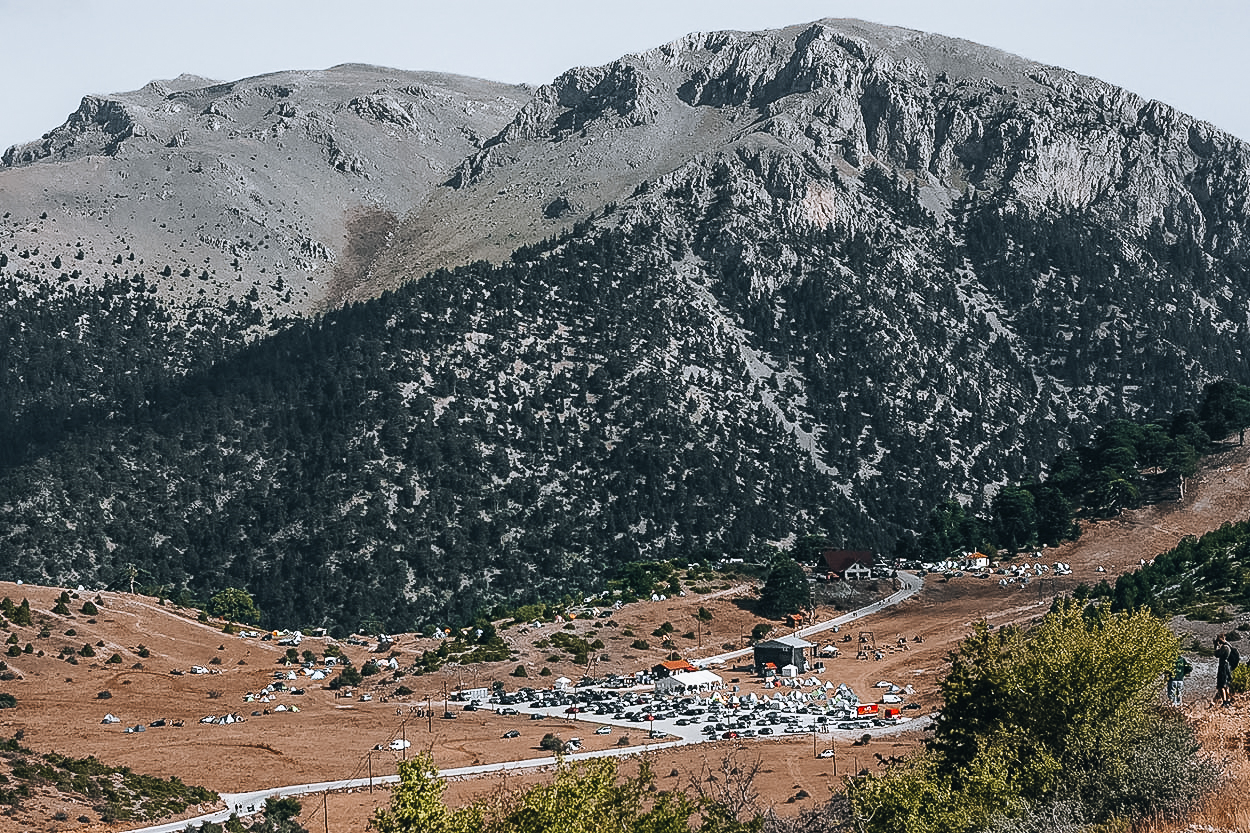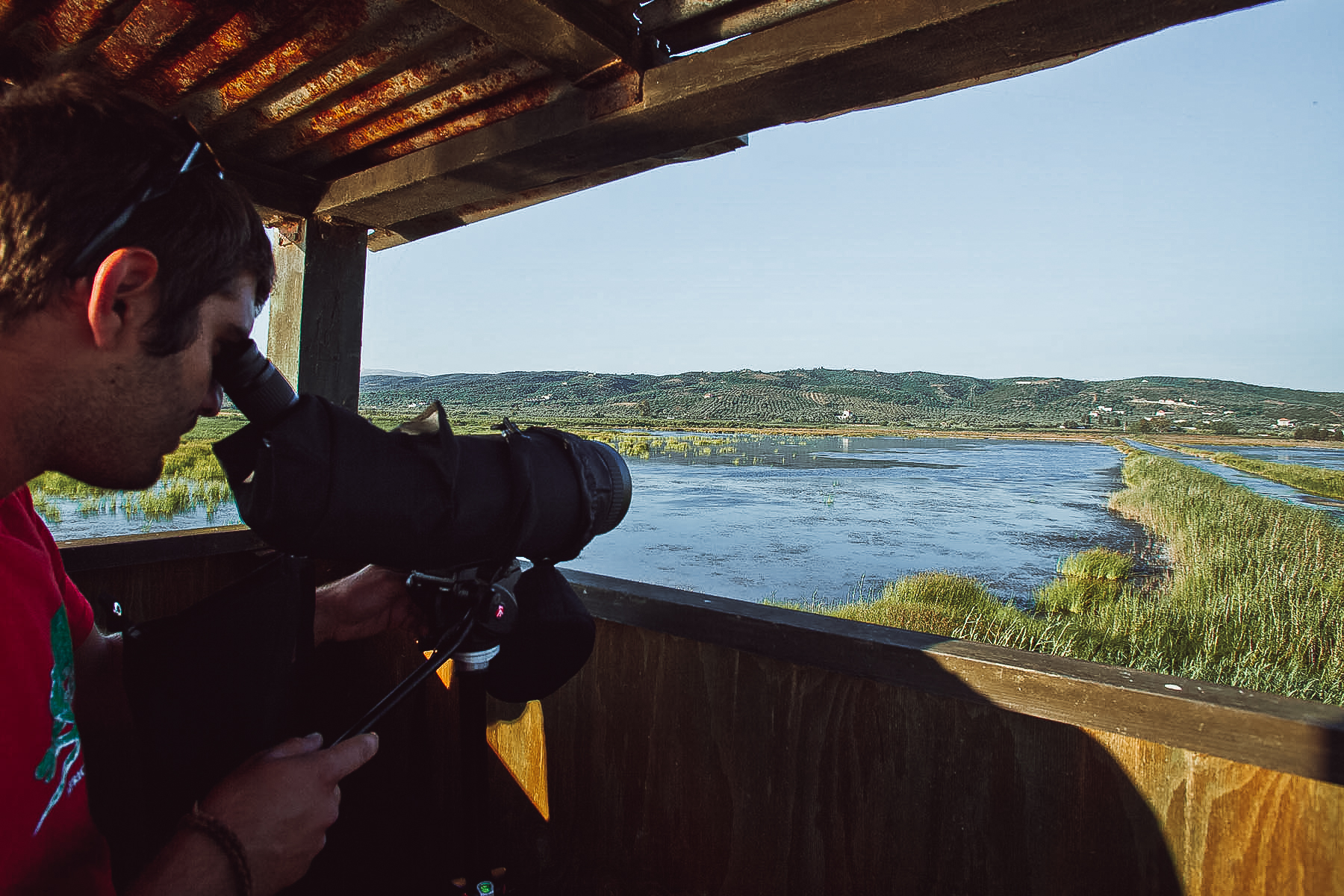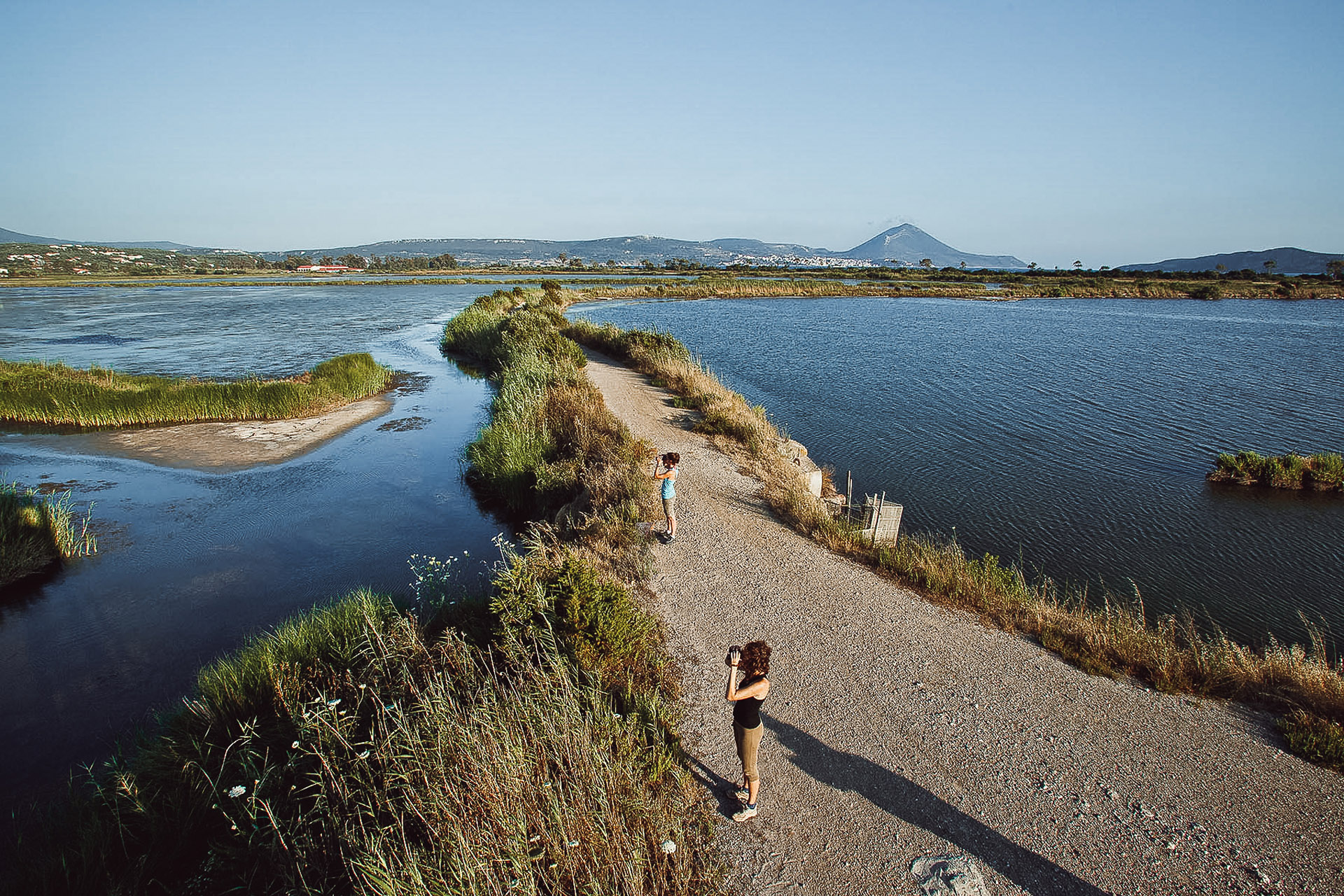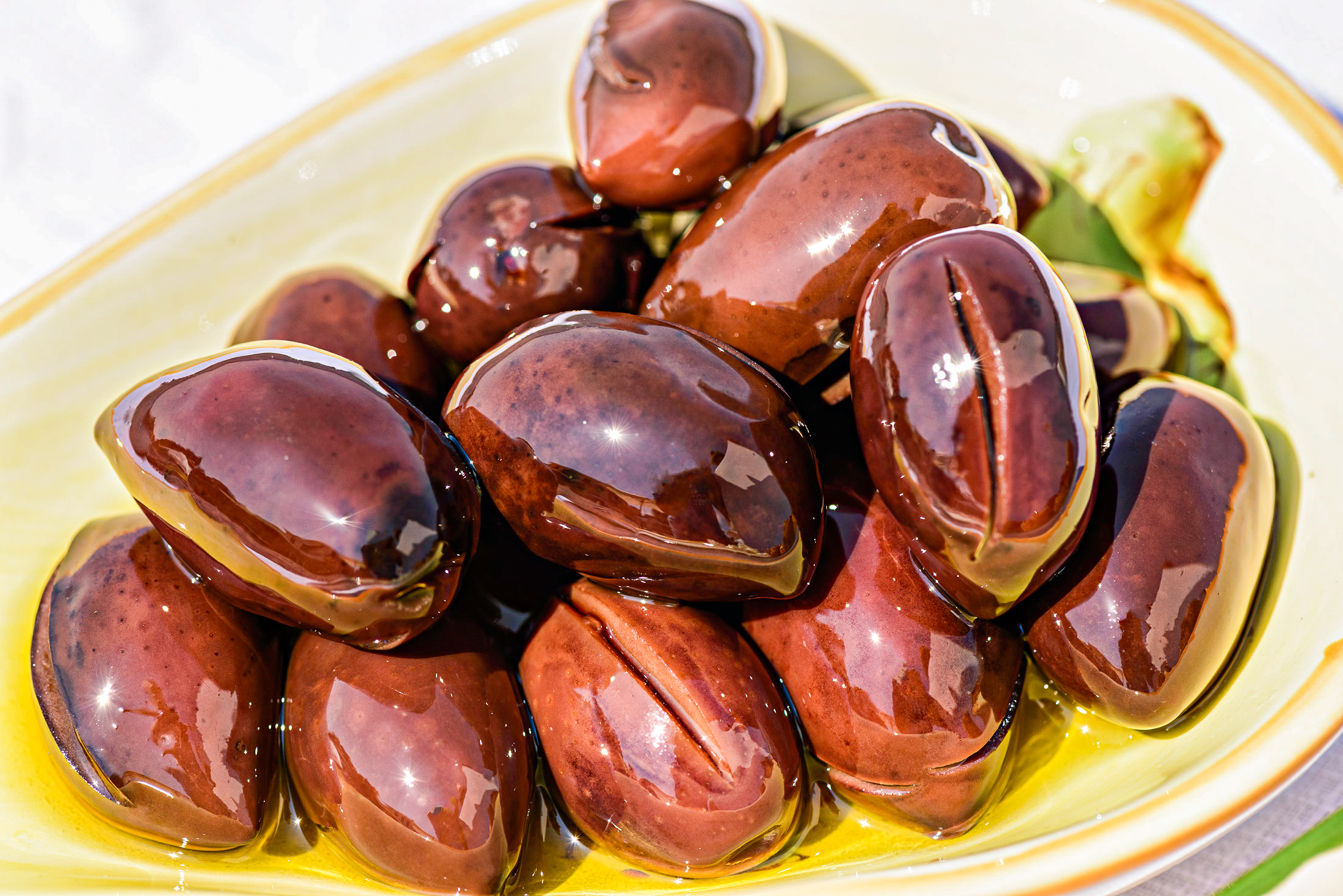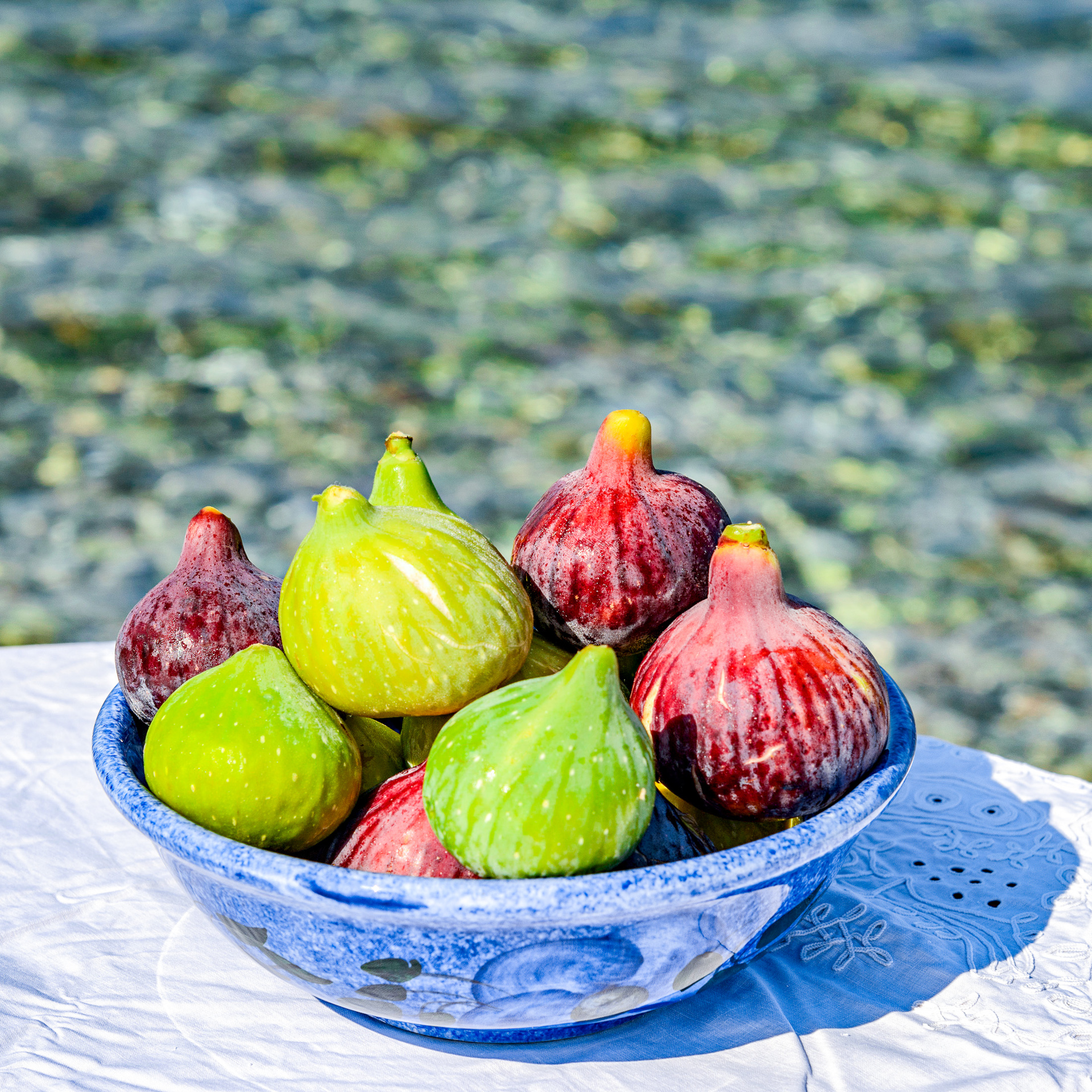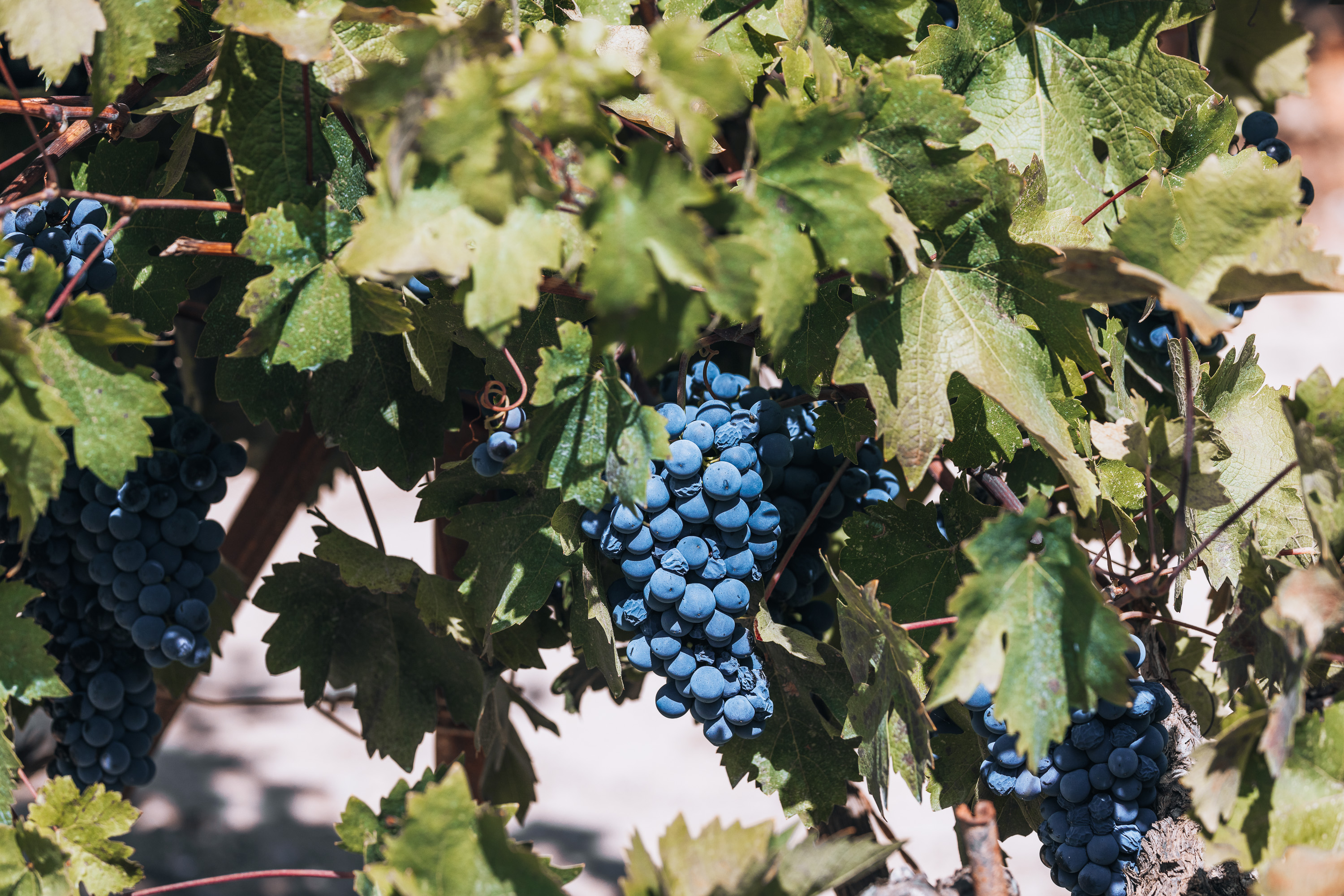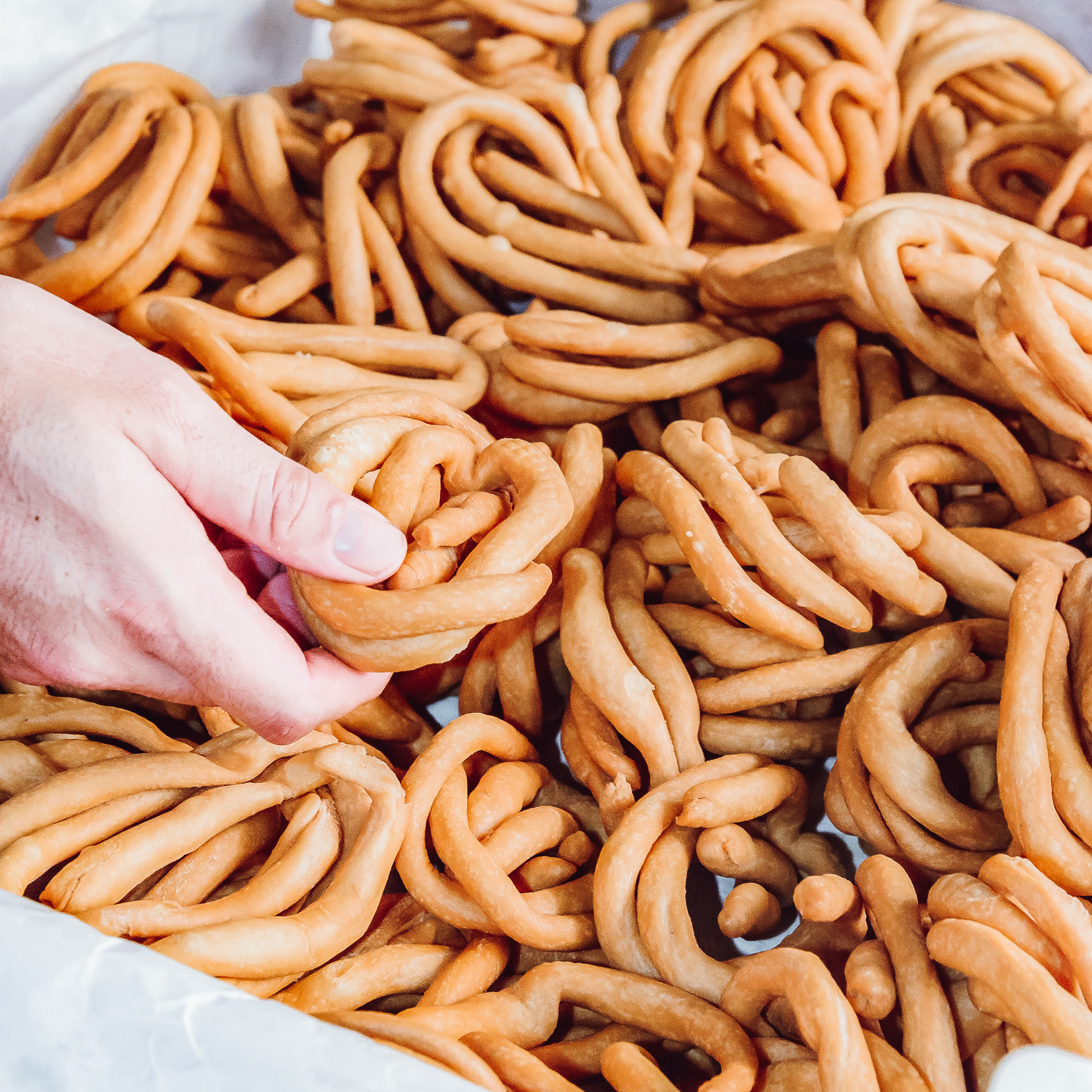Discover 7 hidden gems of the Peloponnese
Many of you may have already visited some of the most renowned attractions of the Peloponnese. But, how about its hidden gems? Such as the Open-Air Water Power Museum, in Dimitsana-Arcadia and the Vassilis Papantoniou Museum in Nafplio. The house of the famous writer Patrick Leigh Fermor in Kalamitsi-Mani, and the Historic Public Library of Andritsaina, an arc of precious books dating back to 1500.
We have more suggestions for you: To visit Gialova-Pylos for bird watching, to attend the ZIria Music Festival in August, or opt for mushroom gathering in Skiritida forest on the slopes of mountainous Arcadia.
Enjoy!
The Open-Air Water Power Museum, in Dimitsana-Arcadia
Did you know that water coming from Loussios river was, in fact, the power of the traditional Peloponnese society? By visiting this amazing museum, located in the mountainous village of Dimitsana-Arcadia, you will learn about the main pre-industrial techniques that took advantage of water to produce a variety of goods.
The Open-Air Water Power Museum has restored traditional installations and mechanisms. Their permanent equipment has been repaired so that it is now in working order. The workshops are surrounded by thick vegetation and abundant running water, where you can go for a walk.
The first building houses a fulling mill and a flourmill. The adjoining small room with a fireplace was the miller's home, where he lived with his family. Outside the mill, you will see the still, which was set up out of doors after the grape harvest for the production of tsipouro (a kind of schnapps or eau-de-vie) made from the skins of the pressed grapes.
Exactly opposite, a two-storey building housed the tanner's home.
The stone-paved path leads to a flat area, where a natural reservoir is formed, and ends at the gunpowder mill. Gunpowder, a vibrant element of the region's cultural identity, remains alive in the memory and tales of Dimitsana's inhabitants. During the 1821 Greek War of Independence against Ottoman rule, their forefathers supplied the insurgents with this necessary ammunition material. Here, you can see the moving mechanism of a gunpowder mill with pestles (or pounders), extinct in Europe since the 18th century. it was used up to the early 20th century.
Young visitors have the opportunity to throw corn kernels into the hopper of the flourmill and watch how the grains are ground by the millstones and fall into the flour bin. They can watch the movement of the gunpowder mill. Also, thanks to the interesting audiovisual productions, they learn how hundreds of workshops functioned using the force of water along the valley of the Loussios river.
See visiting hours here.
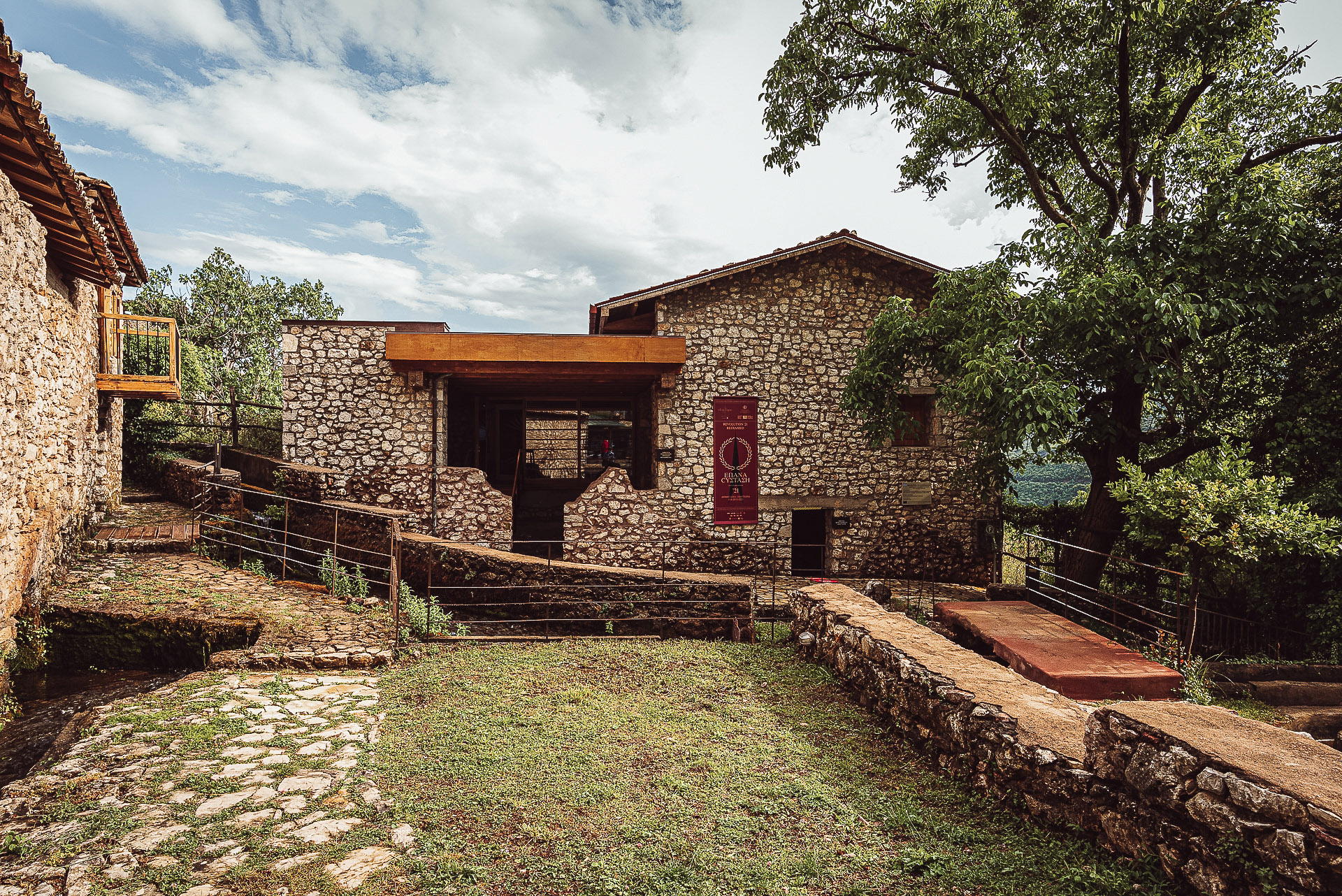 Water Power Museum, in Dimitsana-Arcadia
Water Power Museum, in Dimitsana-Arcadia
Ziria Music Festival
Enjoy rock music, surrounded by the beauties of mount Ziria in Korinthia!
The three-day Ziria Music Festival at the end of August, has been organized since 2009 (weather permitting). Many important Greek rock bands perform on the stage and thousands of music lovers gather on the spacious plateau. According to the organizers of the Sitha Cultural Association, the festival aims at "promoting music and arts, the environment and collectivity". Admission is free and camping is allowed. During the festival there is an organized descent to the Hermes Cave.
Megali (big) and Mikri (small) Ziria are a fascinating destination all year round. The mountain features beautiful trails, a ski resort, shelters, the Hermes Cave and the plateau of Skafidia where you may have the chance to meet the famous semi-wild horses.
Vassilis Papantoniou Museum in Nafplio
This impressive museum is worth visiting even if you opt for a short visit to Nafplio.
The permanent exhibition includes about 50,000 objects, most of which date back to the end of the 19th and the beginning of the 20th century. You will admire an impressive collection of costumes, toys from all over the world, jewels, paintings and prints.
The exhibition of fashion clothing and accessories is constantly being enriched.
Among others the museum has received a donation of the fashion collections created by the renowned Greek designer Yannis Tseklenis.
A brunch of the museum addressing to children opened in October 1989. It is called "Station- Museum of Childhood" and you will find it in the old railway station of the city.
In 1981, the Papantoniou Foundation received the European Museum of the Year Award for the exhibition dedicated to the production, processing and application of natural textiles in Greece.
1 Vas. Alexandrou and Sofroni, tel: +30 27520 28379, Open daily 09.00-14.30, Sunday: 09.30 - 15.00.
The Public Historical Library of Andritsaina-Ilia
Perched on the slopes of Lykaio mountain, in the Ilia prefecture, the village of Andritsaina keeps a valuable gem: Τhis great historic library which is considered one of the most important in Greece!
The starting point for its creation was the donation of the collection of Konstantinos Agathofronas Nikolopoulos, whose father originated from Andritsaina.
His collection includes 6.500 volumes of incalculable value and is one of the most important private libraries in Europe at the beginning of the 19th century.
The books are written in various languages and cover all fields of human knowledge: Ancient Greek and Latin writers, philosophy, history, physics, mathematics, geography, medicine. The library can be visited by researchers throughout the year.
Nikolopoulos was an admirable man. He was a philologist, translator, archaeologist, poet, composer and avid book collector.
With considerable hardship and great difficulty, he managed to assemble his collection during his stay in Paris. It includes original editions of prominent writers of the time with private dedications, rare translations of works, books of great value from the beginnings of world printing - mainly ancient classics- and many more.
In 1838 Nikolopoulos decided to donate the books to his father's hometown and reside in Andritsaina. But he didn't have time; he died in 1841. The books were transported by ship to Nafplio and after four years they were brought to Andritsaina by mules!
In recent years, the collection of 4,500 volumes of Evangelos Kallaniotis was also donated to the historic library of Andritsaina. In a separate room bearing his name, are also exhibited the famous copies of the Ionic frieze that adorned the temple of Apollo Epicurus, in Vasses. The masterpiece temple, an UNESCO monument since 1986, was built around 420 BC. The innovations applied to its exterior and interior, offered this temple a special place in the history of ancient Greek architecture. The exterior is in Doric style, the interior is Ionic, while the columns are decorated with Corinthian-style capitals.
The main decorative element of the monument was the Ionic frieze. It is 31 meters long and consists of 23 marble slabs which are considered masterpieces of sculptural art.
These slabs were stolen after the first systematic excavation carried out in 1812 by some 'antiquarians' and ended up in the British Museum where they have been on display since 1815.
In 1963 the museum donated to Greece two sets of 23 plaster casts of the frieze plates. One is in display at the library of Andritsaina, and the other at the National Archaeological Museum of Athens.
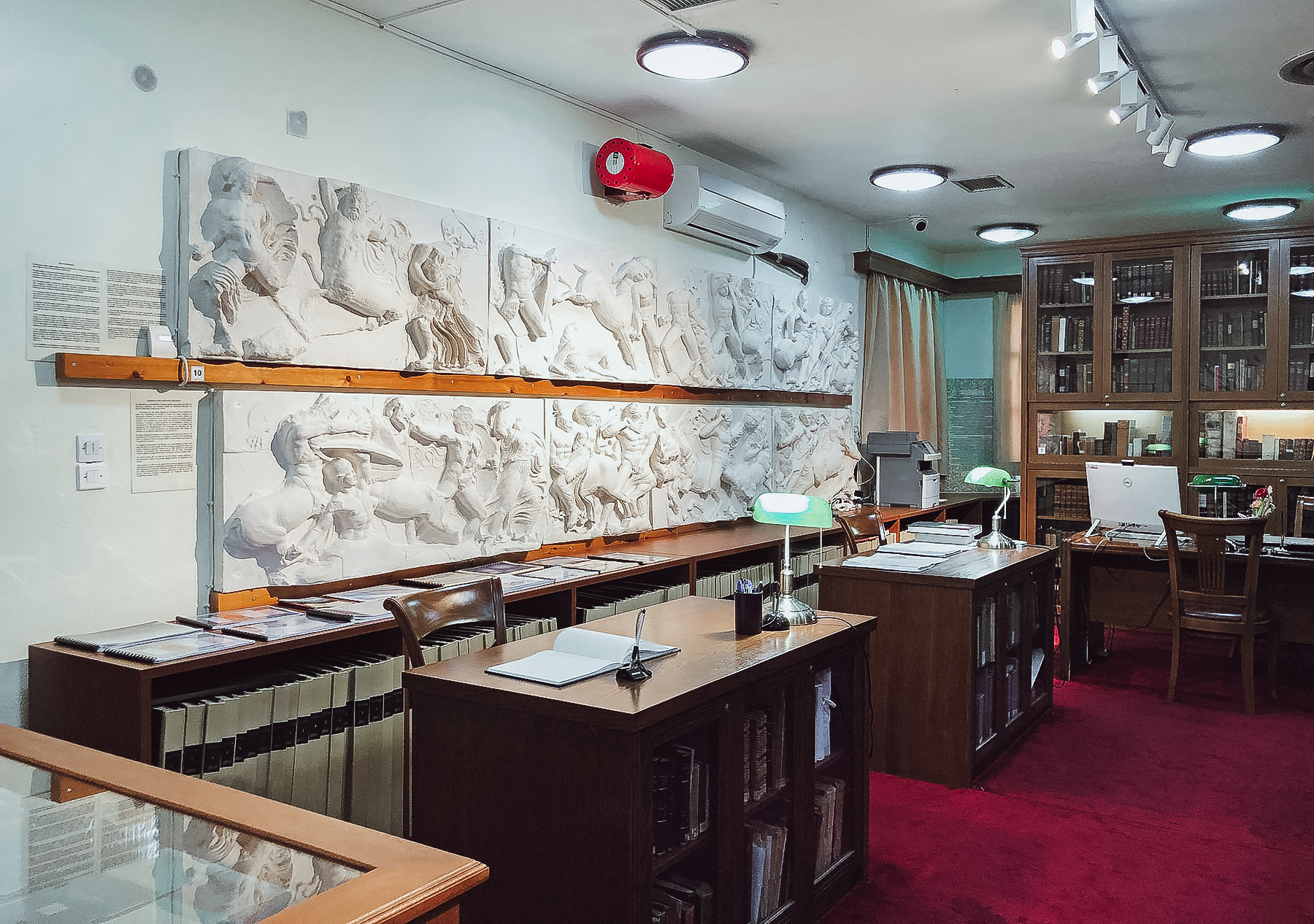 Public Historical Library of Andritsaina-Ilia
Public Historical Library of Andritsaina-Ilia
Bird watching at Gialova lagoon-Pylos
Take your binoculars and let’s go to Gialova lagoon for bird watching, or, discovering the rare African chameleons! Then you can swim at the famous Voidokilia beach.
The Gialova (or Divari) lagoon is 5 km northwest of Pylos. It features rare ecosystems with wildlife and habitats. It is an important migration route for birds and their first stop in Europe after a marathon flight of 3,000 km over the Sahara and the Mediterranean. On top of this, it is the southernmost wetland in the Balkans, so it’s not surprising that its international importance has been recognised. It has been designated a "Special Protection Zone" and an 'Important Bird Area', one of the few on the southwest coast of Greece. It is also included in the European Natura 2000 network.
Gialova wetland is home to endemic and rare plant species. Also, 271 species of birds, 34 of reptiles, 28 of mammals. 16 species of fish have been recorded in the lagoon.
Some of the birds to watch out for here, are various species of herons, the rare Eurasian dotterel, bar-tailed godwits, little egrets, great egrets, flamingos, cormorants, ospreys, little bitterns and stonechats.
This lagoon is also the only place in Europe where the African chameleon (Chameleo africanus) lives and breeds. They really do change colour, both for camouflage and to communicate with each other. They live up to 2 years, and lay 40 to 50 eggs in the sand during autumn.
There are two closed birdwatching hides in the area, one on the way to the Gialova lagoon and one in Voidokoilia. There is also a high open-air hide in the lagoon.
If you want to go for a walk, there is a circular nature trail that begins at the Ornithological Society Information centre, at the old pumping station. This trail takes you on a walk around the perimeter of the lagoon so you can get to know the various habitats. It is well signposted and it is important that you follow the rules to avoid scaring the birds.
Mushroom gathering in Skiritida forest, Vlachokerasia
Opt for mushroom gathering in Arcadia! As well as being great for walking, the Skiritida area is also known for the wild mushrooms which appear in autumn and spring, after heavy rains.
There is an exceptionally beautiful, well-tended and well-signposted circular route through Skiritida forest, starting and ending in the village of Vlachokerasia. It is not just a walk though –it is also testament to the hard work, enthusiasm and vision of local people who created this artificial forest and paths was well-signposted.
One of the joys of the trail is that it often runs alongside the Eurotas river, so as you walk you come across lakes, streams, small waterfalls, rivulets and signs of old water mills. And another great thing, especially during the summer months, is that much of the trail is in the shade.
There are organized excursions for mushroom gathering run by the Kalamata Mountaineering Association, or companies. During private tours their guides will show you where to find the mushrooms (and, more importantly, which ones are safe to pick).
If you go on your own, you should make absolutely sure that you know which mushrooms are safe to eat. Once you have finished gathering mushrooms, you can cook them and enjoy your dishes in this beautiful natural environment.
Vlachokerasia is 23 km away from Tripolis.
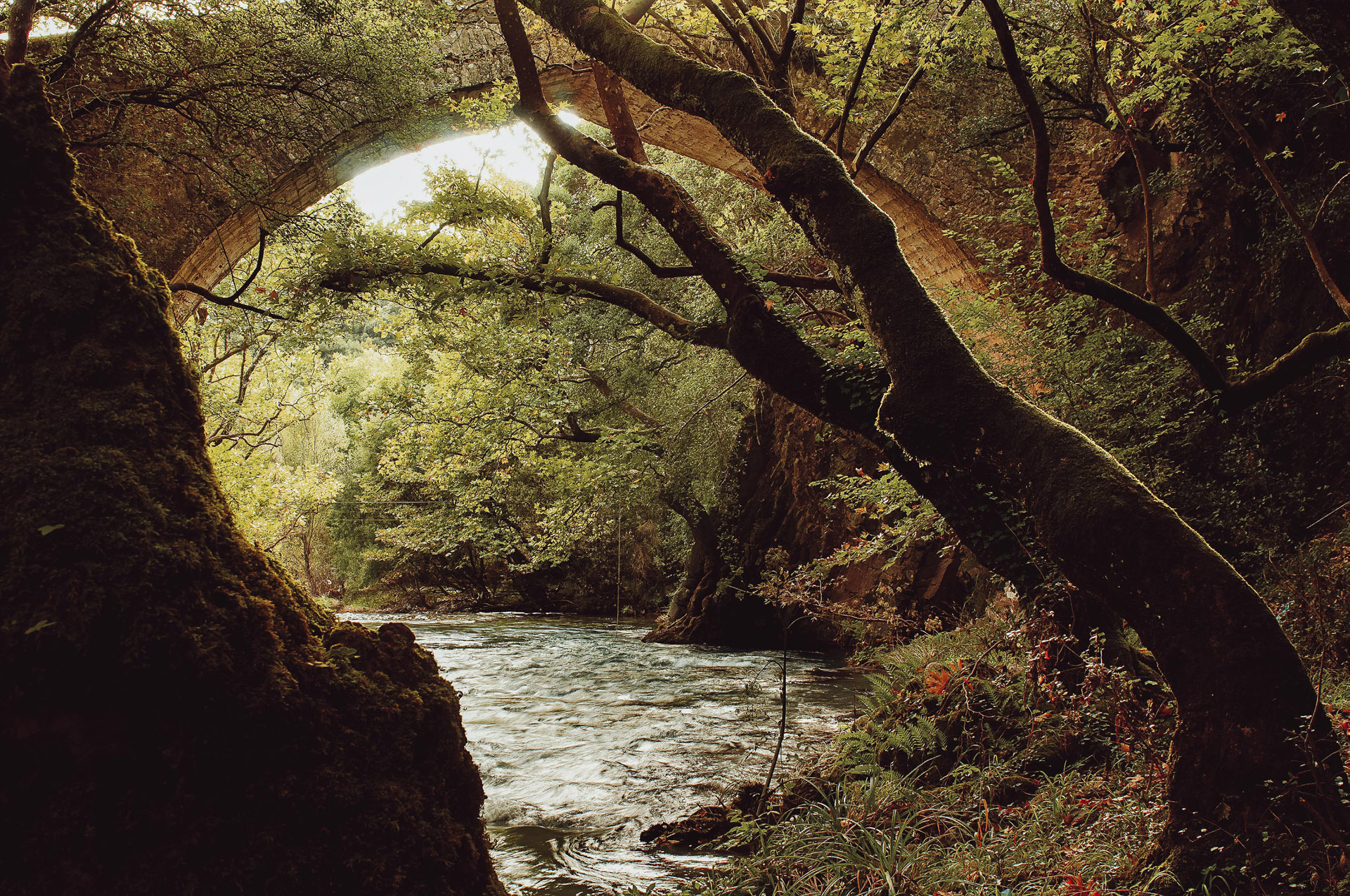 Mushroom gathering in Skiritida forest, Vlachokerasia
Mushroom gathering in Skiritida forest, Vlachokerasia
Visit the house of Patrick Leigh Fermor in Kalamitsi-Mani
During your vacation in the idyllic coastal town of Kardamyli you may visit the house-museum of the famous writer Patrick Lee Fermor in the nearby settlement of Kalamitsi.
Sir Patrick Leigh Fermor (1915-2011), also known as Paddy, was one of the most charismatic and adventurous personalities of the last century. Author, scholar and decorated war hero, he is celebrated as one of the finest travel writers of his generation.
Fermor was a great admirer and lover of Greece. His first visit as a tourist was in 1935. He returned as a member of the British Military Mission to Greece and played a prominent role in the Cretan resistance during the Second World War. He joined forces with the Cretan Resistance during the German occupation. Disguised as a shepherd under the pseudonym Michalis, he organized the resistance groups and performed various sabotages against the enemies -including the kidnapping of General Kraippe, commander of the Axis forces in Heraklion.
After the war he came to Kardamyli and … fell in love with the village, but also with the whole Mani district. So, he decided to make a living from writing and spent most of his time in the amazing house he built in Kalamitsi using local chipped stone. Dozens of his friends from all over the world visited him and his wife Joan Leigh. He continued writing books about his beloved Mani until his death in 2011.
The couple had already decided to donate their house to the Benaki Museum, in order to contribute to the Museum’s mission and with the expressed desire that the house will remain open to the public and host researchers. The restoration works at the building and the landscape surroundings, have been completed so that the original character of the property is meticulously preserved.
The operation of the Leigh Fermor House from the Benaki Museum includes residencies and educational activities in collaboration with partner Universities as well as scheduled visits and specially organized events open for the public.
Visiting hours: Monday-Thursday: 11:00 - 12:00, Friday: 14:00 - 15:00. June - September: every Monday at 12:00. Advance ticket purchase is required (Ε tickets).
The Leigh Fermors also granted the museum the right to rent the property for a period of three months per year.
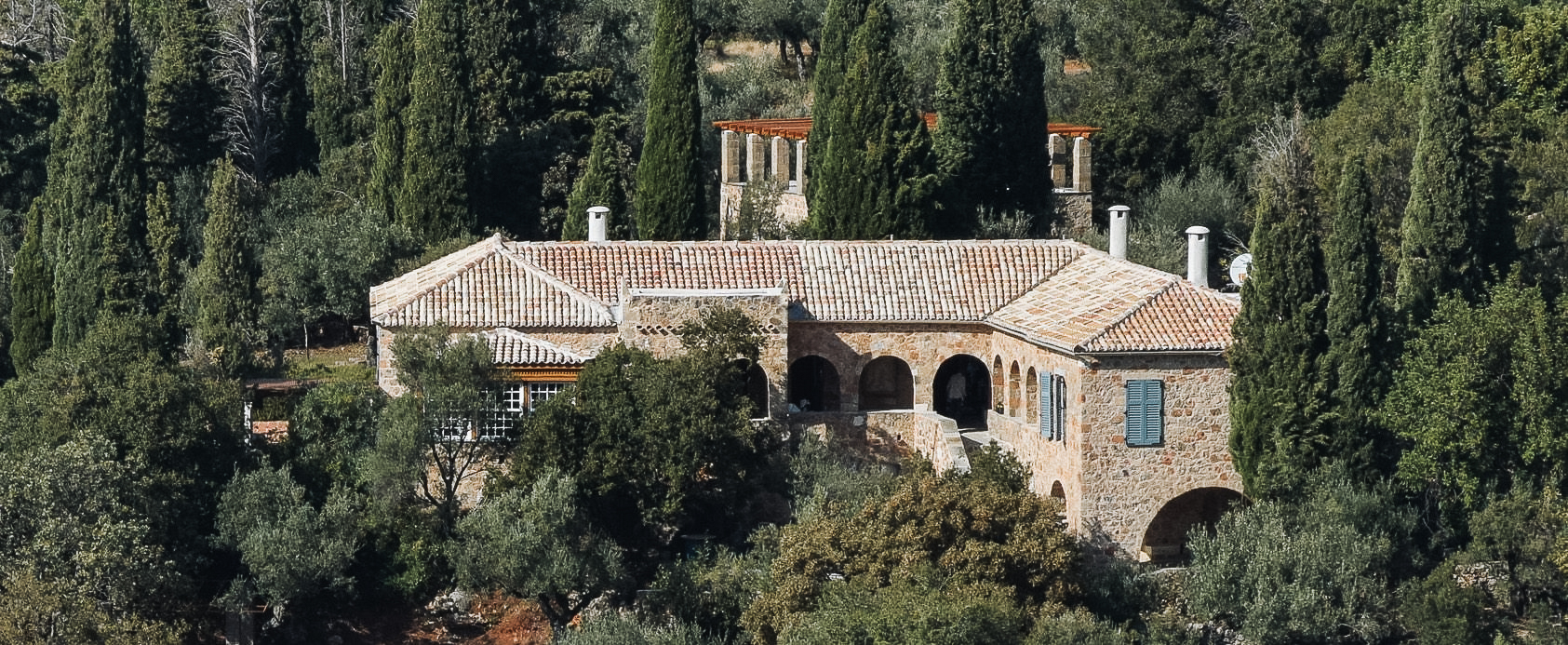 The house of Patrick Leigh Fermor in Kalamitsi-Mani
The house of Patrick Leigh Fermor in Kalamitsi-Mani


